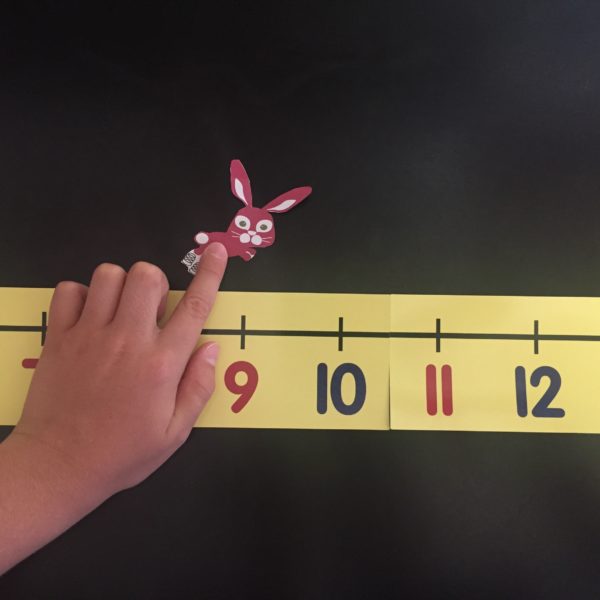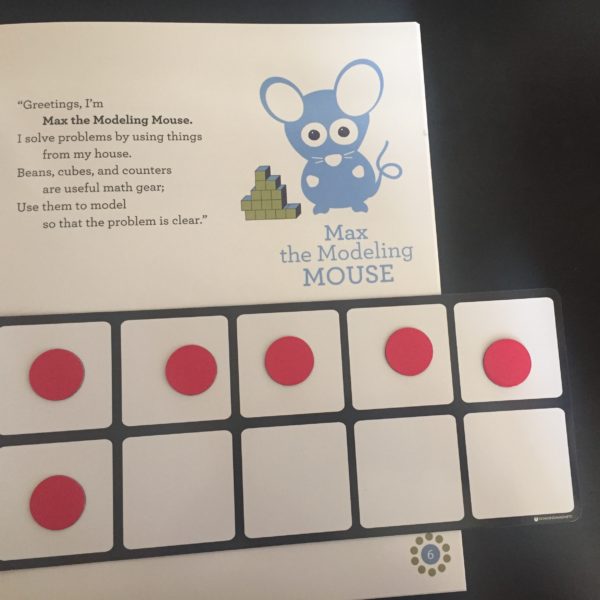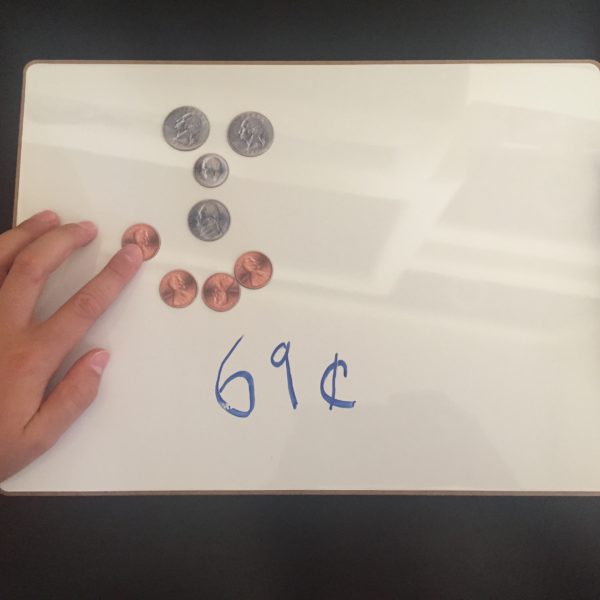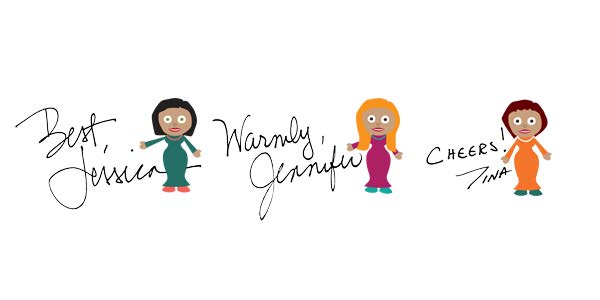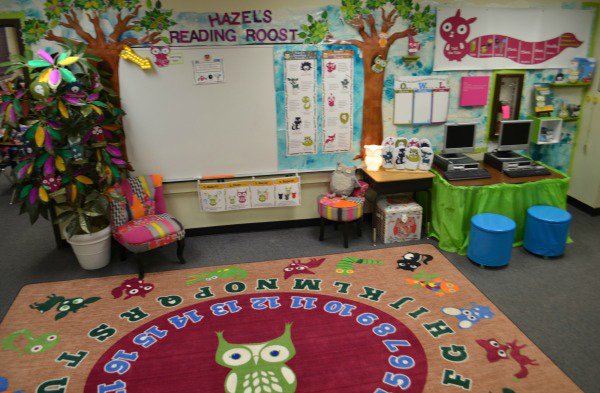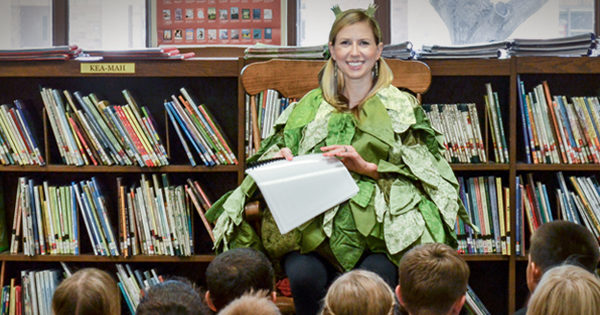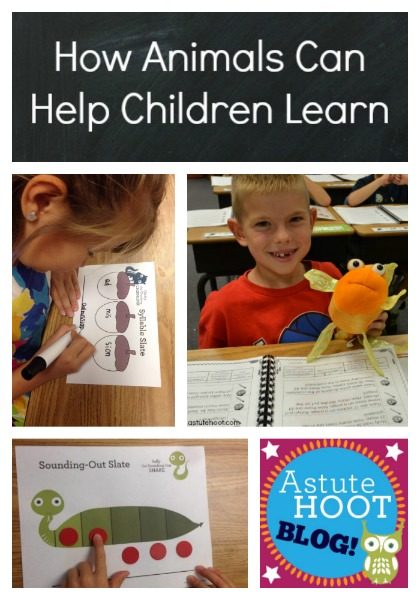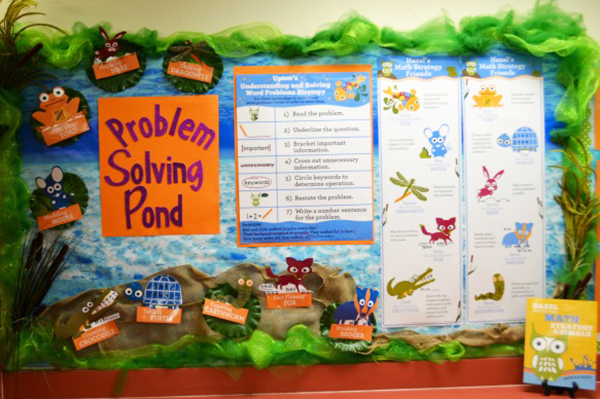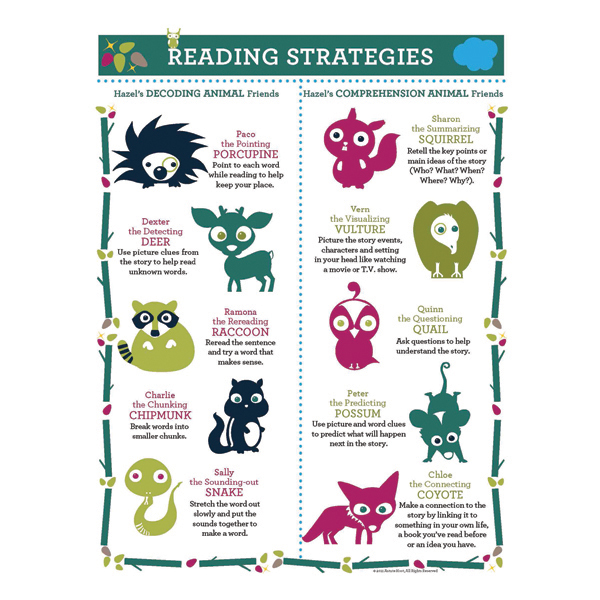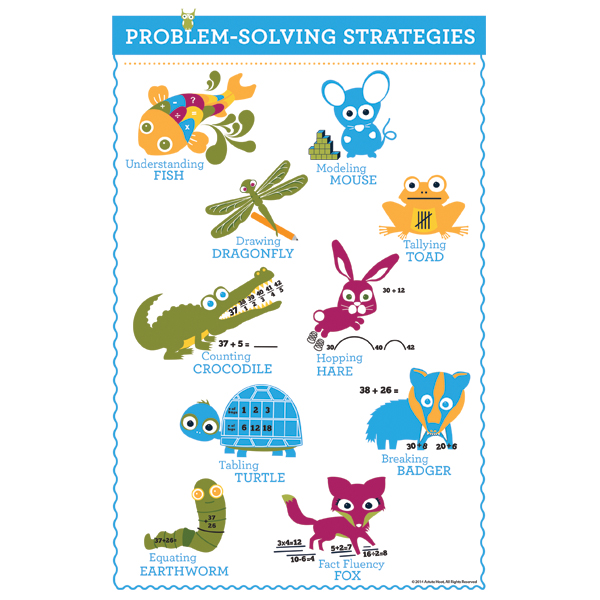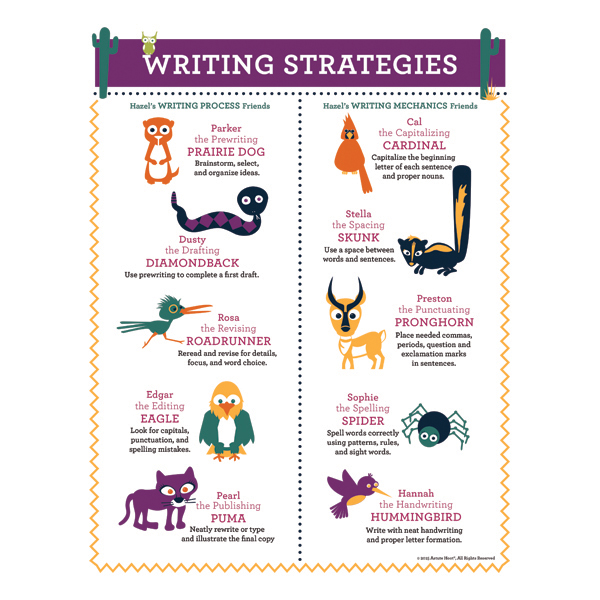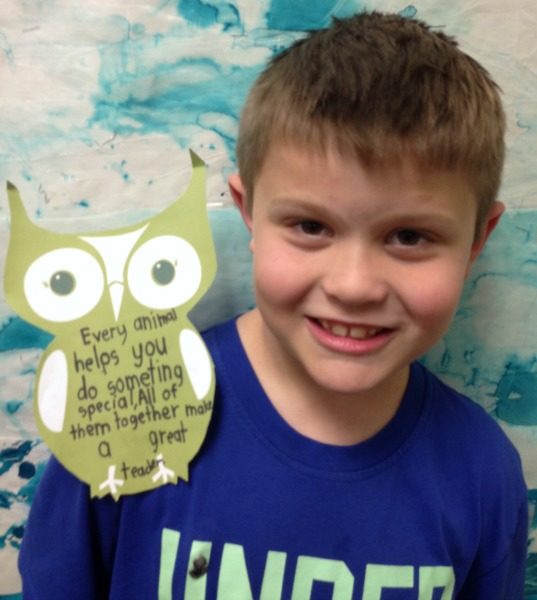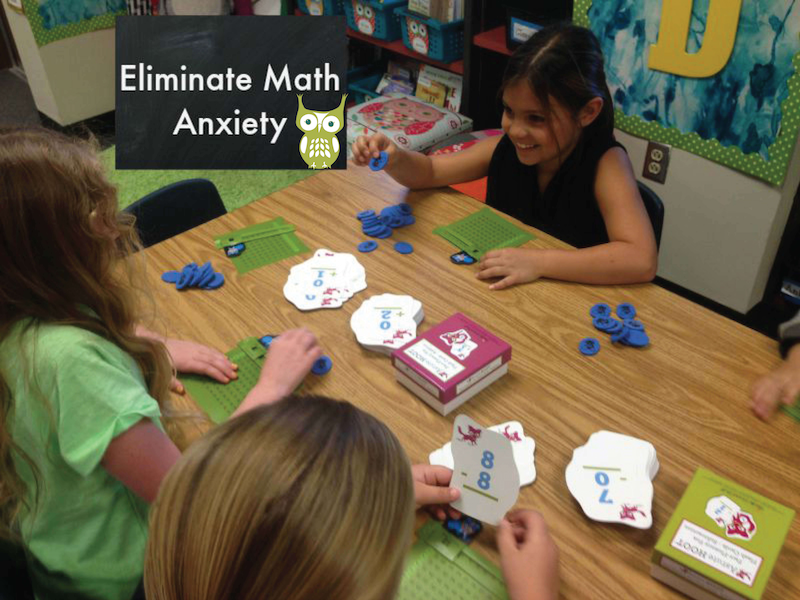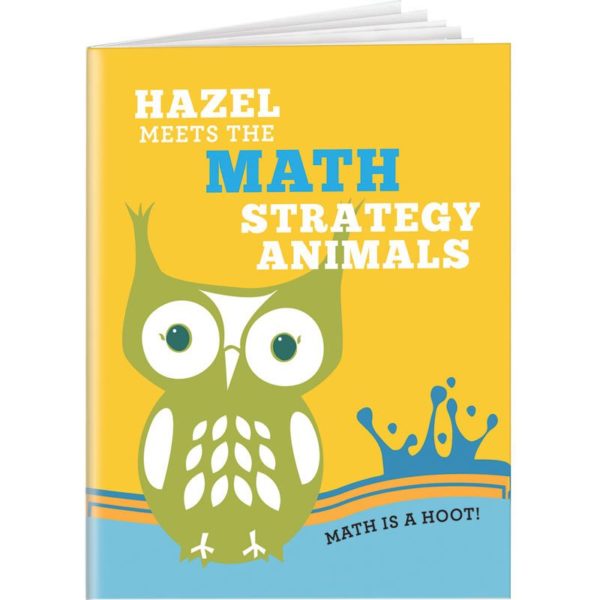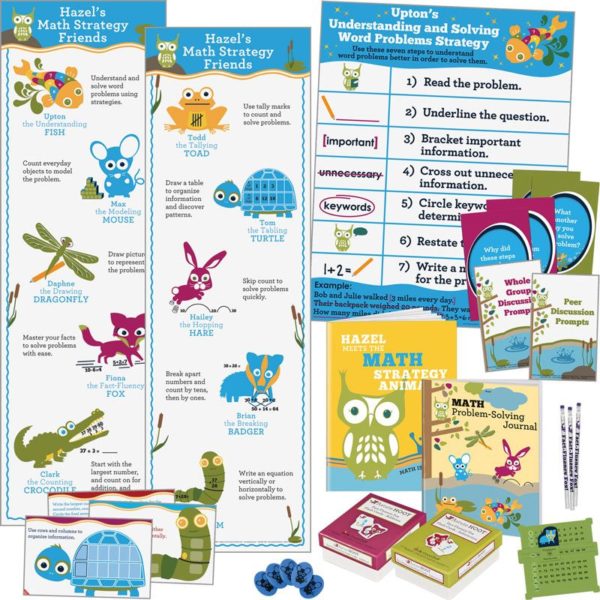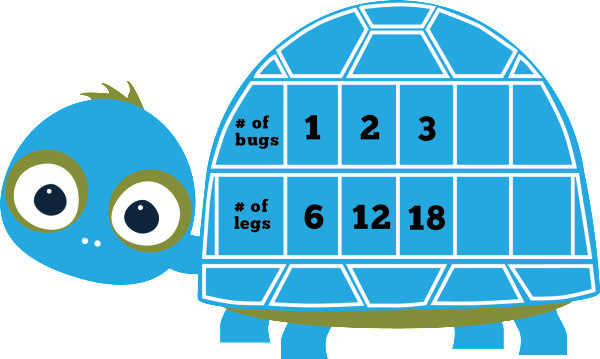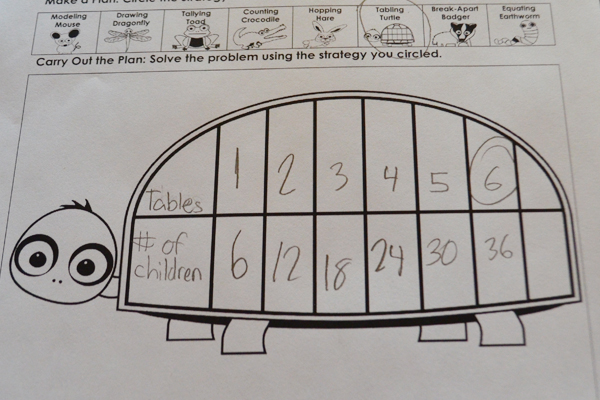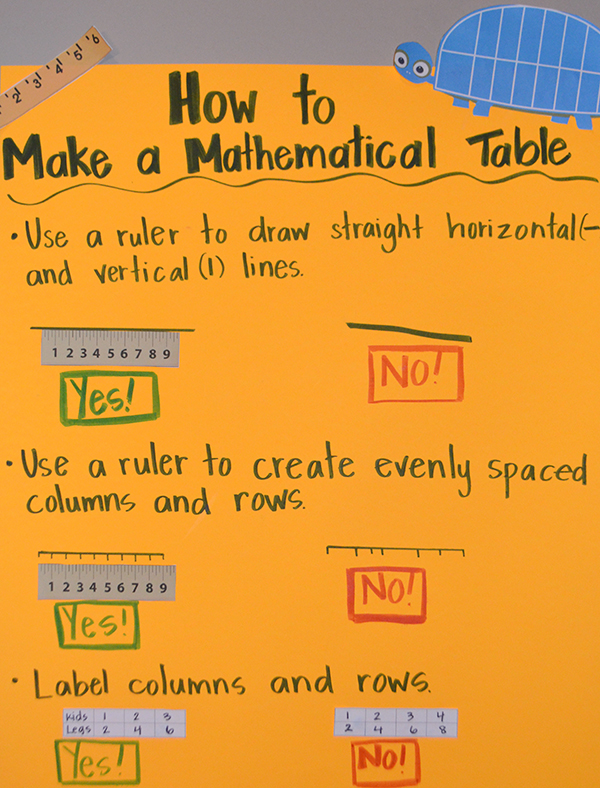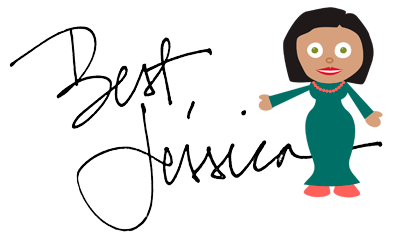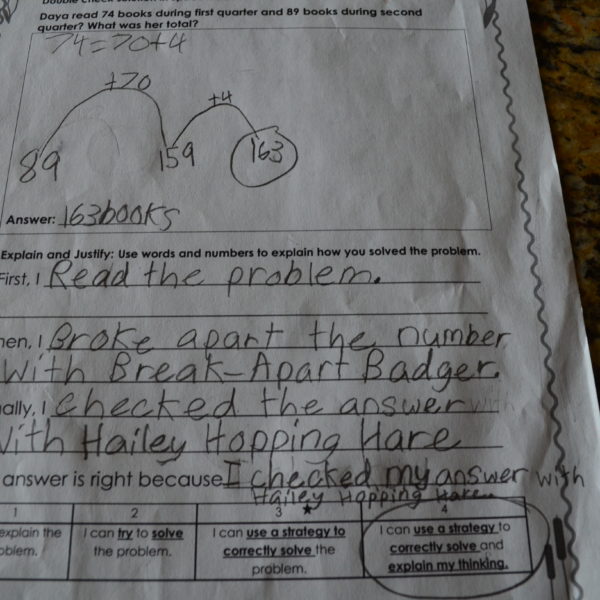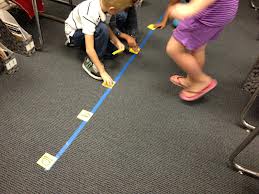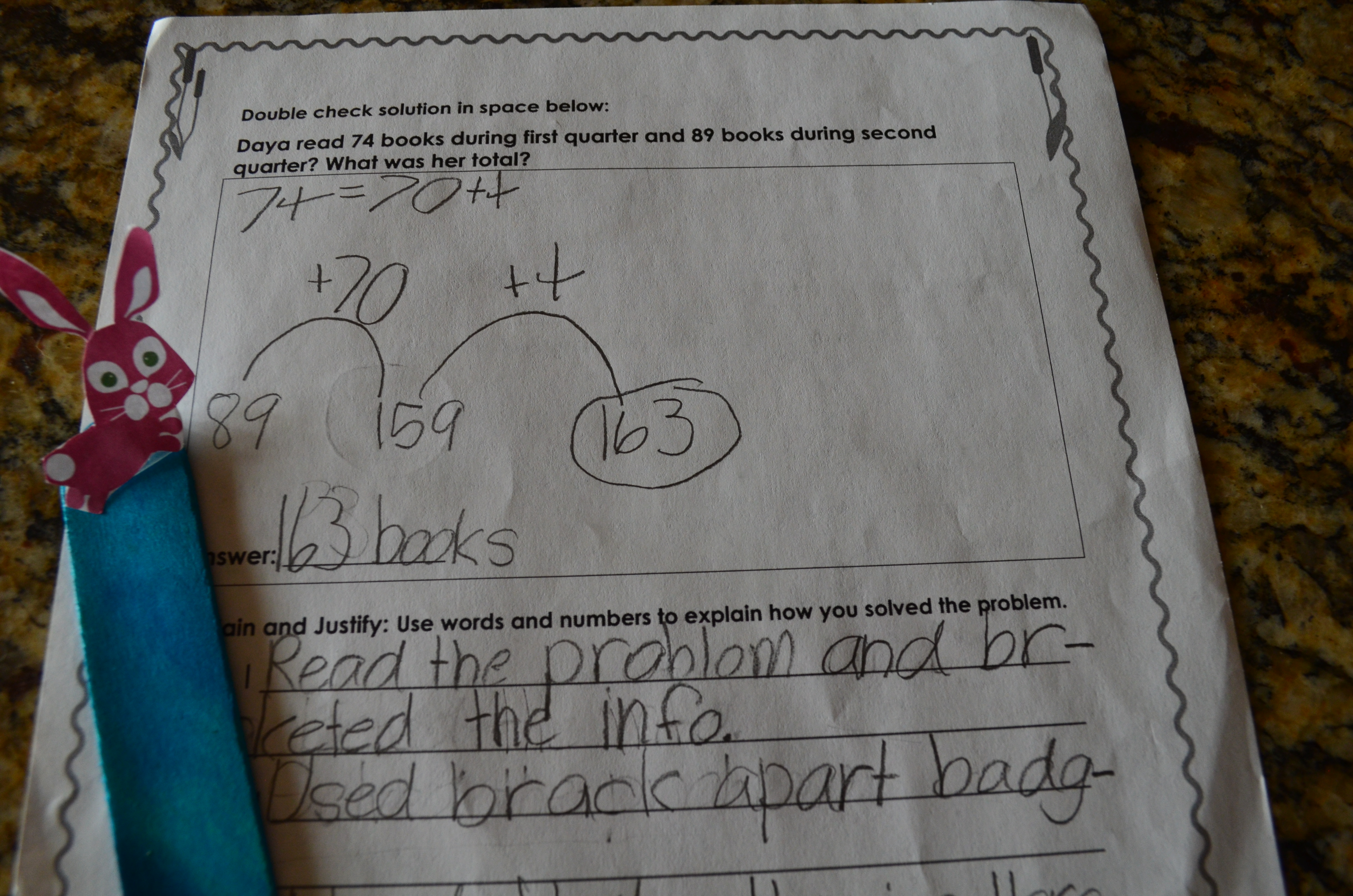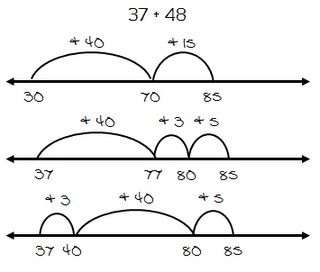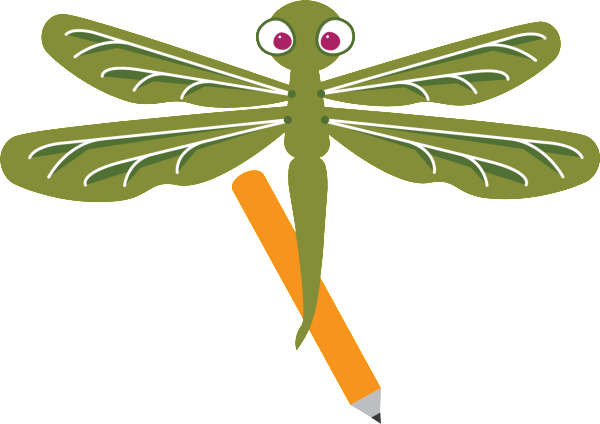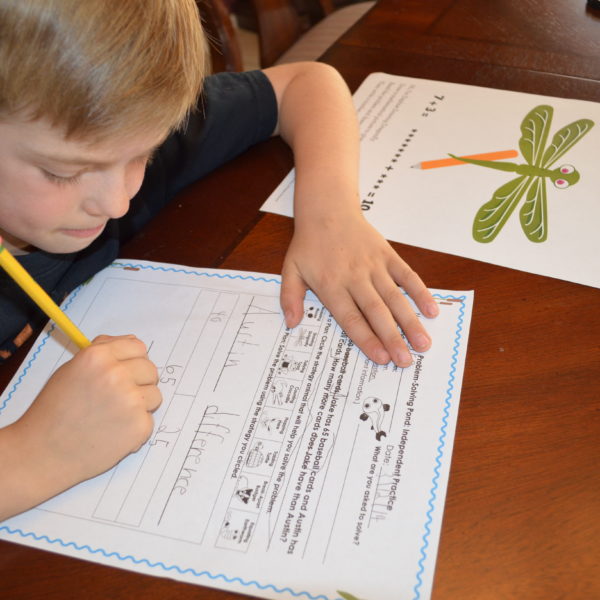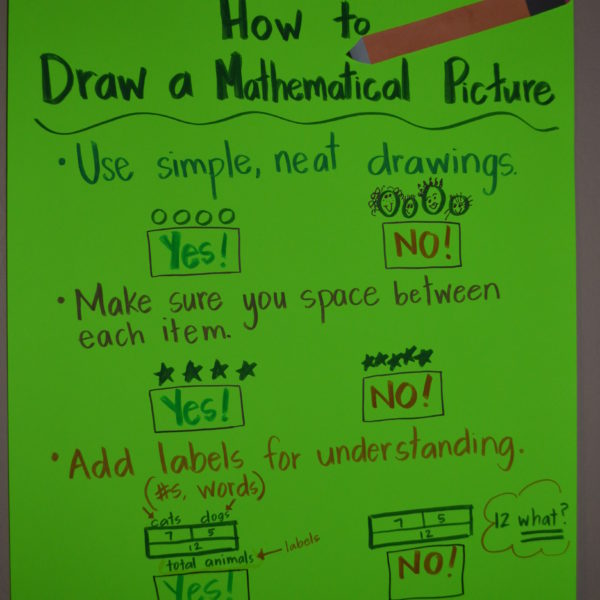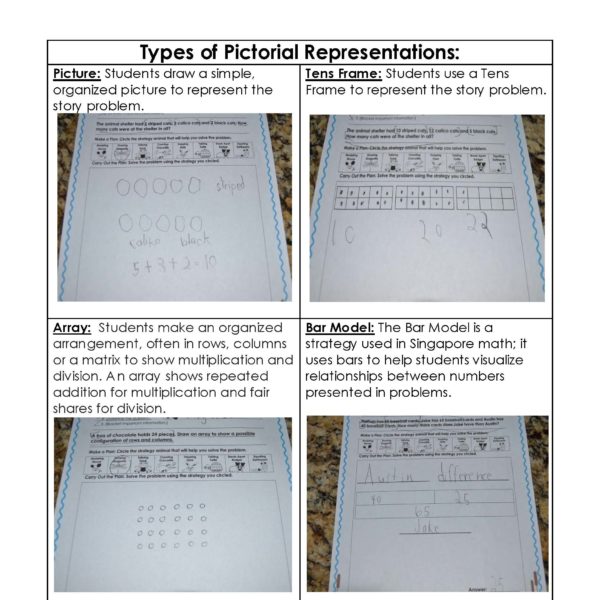As veteran teachers, we know that the beginning of year often means countless meetings, endless hours of preparation and a great deal of stress. We are here to help! Our tried-and-true Back to School resources are guaranteed to help you work smarter, not harder. Plus, they’re all ON SALE! Visit our TeachersPayTeachers store and use code BTS2017 for 25% off the entire store! Check out a few of our top-rated, best-sellers below:
Best of Back to School Lesson Plans & Activities: This unit focuses on establishing procedures, explaining expectations and building classroom community while creating an organized, efficient schedule with minimal preparation. Our comprehensive first week lesson plans include 50+ interactive, engaging activities with objectives & detailed instructions, homework ideas, daily math lessons and art projects.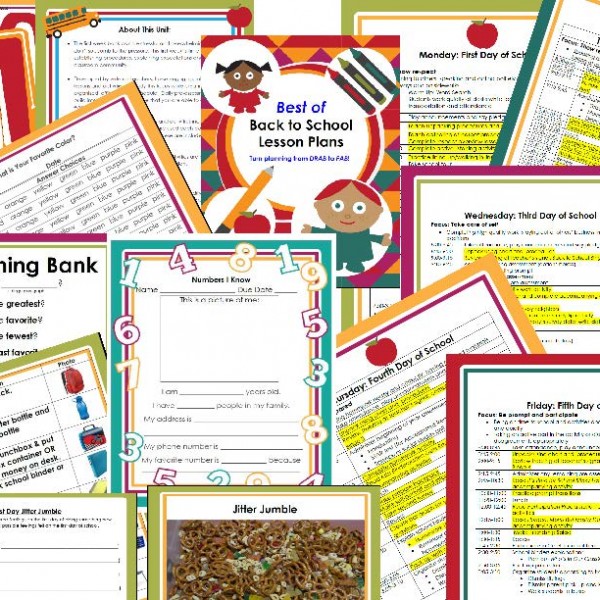
Golden Keys to Success Classroom Management Plan: Golden Keys to Success is an efficient behavior management program that builds character, promotes self-monitoring and ensures high behavioral expectations. This program has made a huge difference in my students’ behavior because it teaches them to be responsible for daily choices. Golden Keys to Success focuses on 5 important life skills and qualities that students need to become successful citizens. This 90 page unit includes 21 detailed lessons with essential questions and quality literature, 34 engaging activities and projects, a Weekly Responsibility Chart (for students) and a parent brochure with overview of program, consequences and helpful parent tips.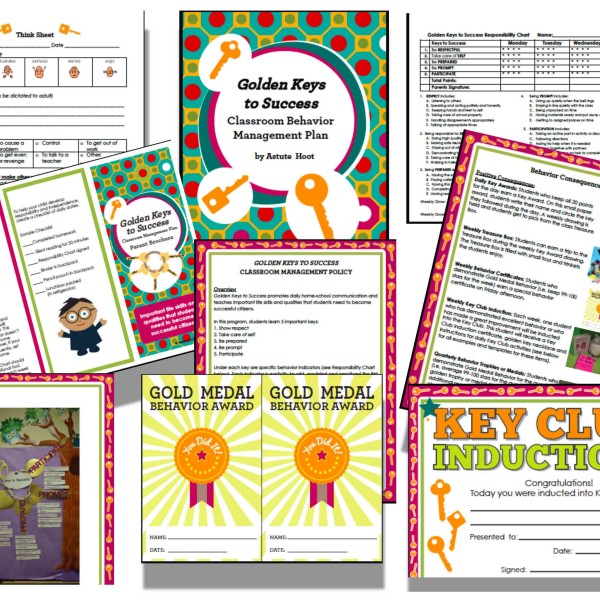
Math Intervention: Problem Solving Essentials Bundle: Our Math Intervention Problem Solving Essentials Bundle provides an entire year’s worth of Common Core aligned, differentiated problem-solving activities to give students the strategies they need to solve word problems. Perfect for general education, special education, RTI and math intervention! Can be used with students in grades Kindergarten, first, second and third. This 200 page file has all of the lessons, activities, worksheets, printables you need for comprehensive problem-solving instruction during math intervention, special education and general education. This is a perfect math intervention supplement to any existing curriculum or can be used as a stand alone resource. 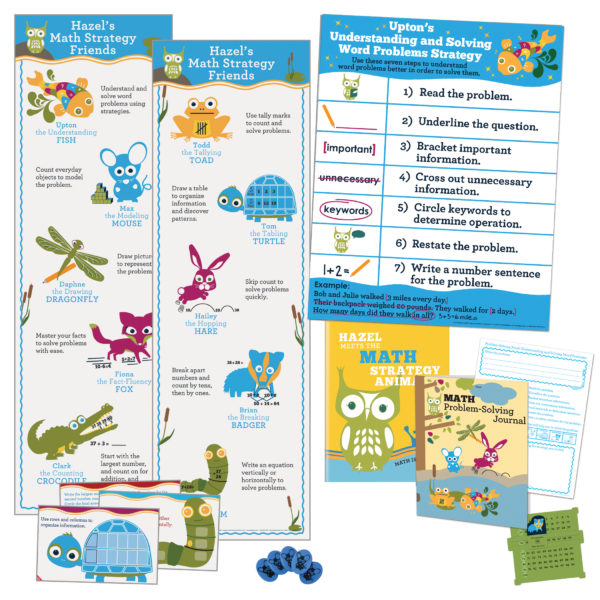
Writing Intervention Tools for RTI and Special Education: Do you have students who are struggling to write and get their ideas down on paper? These special education writing resources will help even the most reluctant writers experience success and increase their independence with the writing process. This is a great writing intervention tool for special education classrooms, ELL, RTI and/or for differentiation within the general education classroom. Resources can be used for various writing topics and assignments.
This unit systematically guides students through the writing process and teaches critical strategies in a child-friendly way. In our charming book, students meet Hazel the owl, a struggling writer, who takes a vacation to the desert to visit Grandma Hoot. Grandma suggests that Hazel take a hike for writing inspiration and along the way she meets 10 animals; 5 that teach the writing process and 5 that teach writing mechanics.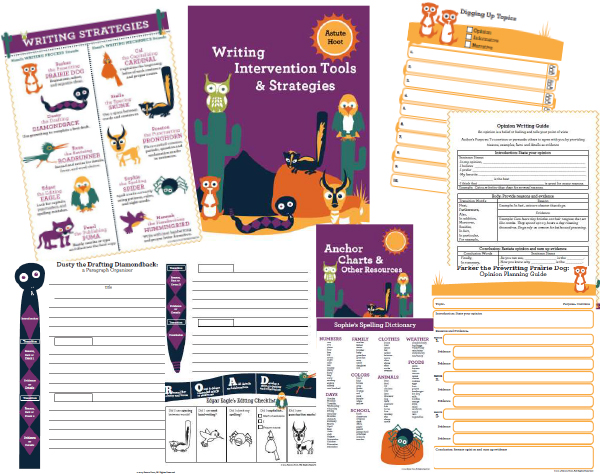
Reading Intervention Essentials Bundle: Looking for a complete reading K-3 reading intervention kit that includes fluency, comprehension, sight words, and phonics activities? Need engaging and motivating reading supplemental products to enhance your existing curriculum? With over 25 years combined experience in special education, general education, and reading intervention, we have bundled our top reading products to create a 515 page “Reading Intervention Essentials Bundle” for only $25. Purchased separately, these items would cost over $65. These activities, lessons, graphic organizers, posters, assessments, and printables have been proven to make significant reading gains in not only our classrooms, but classrooms across the country. These are a great supplement to any general ed or special ed curriculum. This Reading Intervention Bundle contains more than a whole YEAR’s worth of phonics instruction with 15 individual units.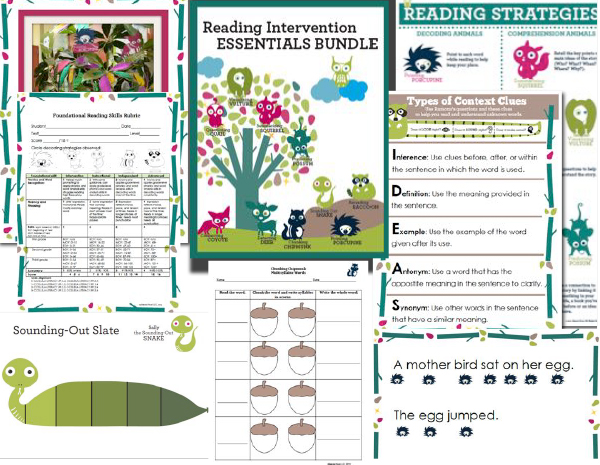
We hope that these products reduce that dreaded back to school stress and make your life easier. Happy New Year!

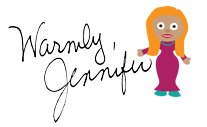

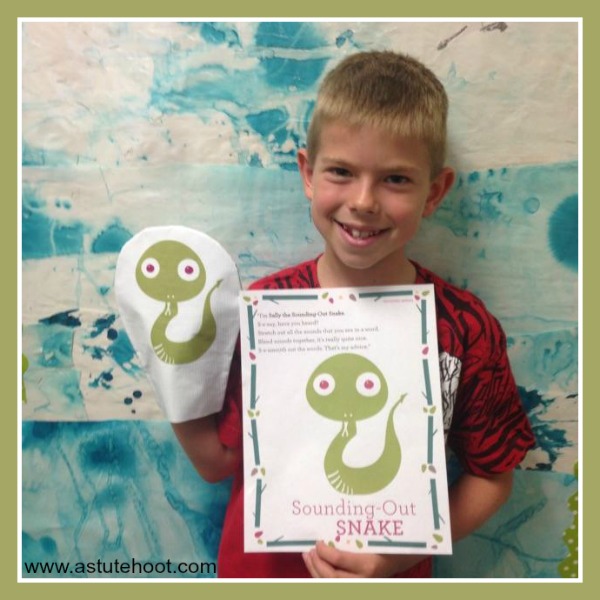








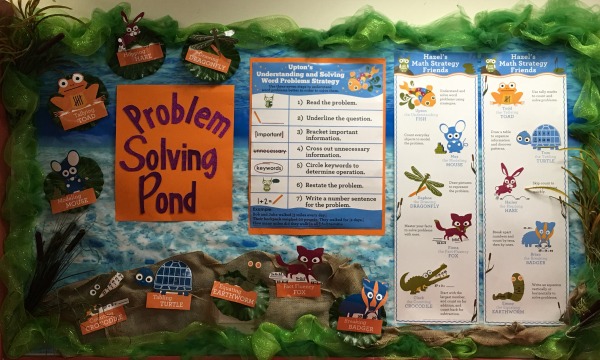
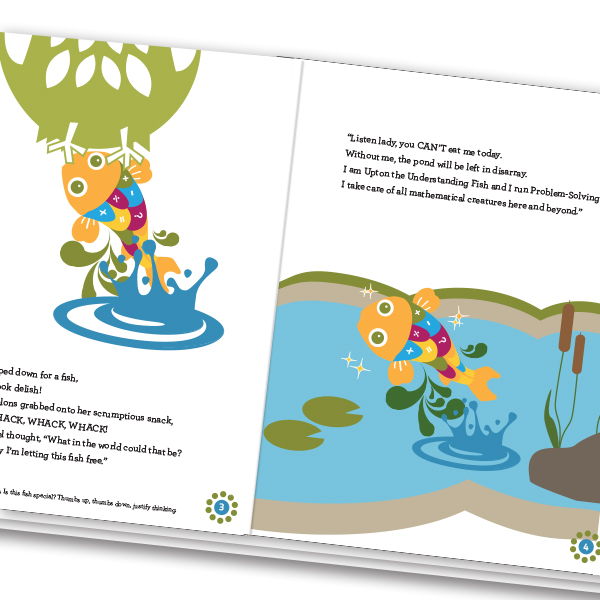
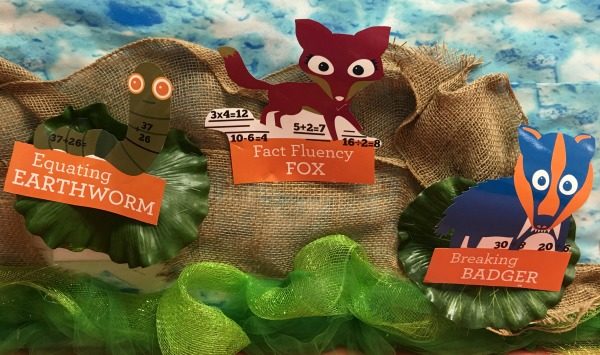
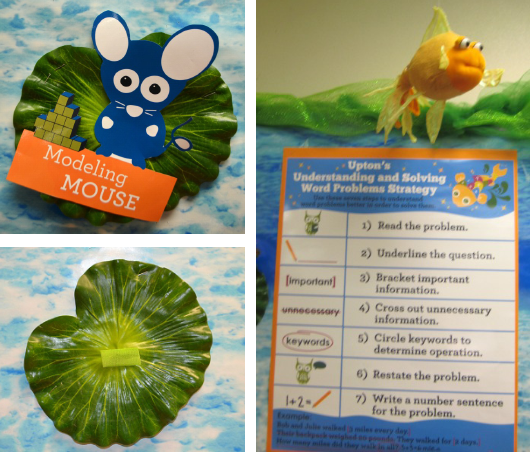 I found this stuffed animal on Ebay that looks just like Upton and hung it with fishing wire and a plastic hook. During guided practice, I toss Upton to students and he helps us complete the problem-solving steps. Students LOVE solving problems with him!
I found this stuffed animal on Ebay that looks just like Upton and hung it with fishing wire and a plastic hook. During guided practice, I toss Upton to students and he helps us complete the problem-solving steps. Students LOVE solving problems with him!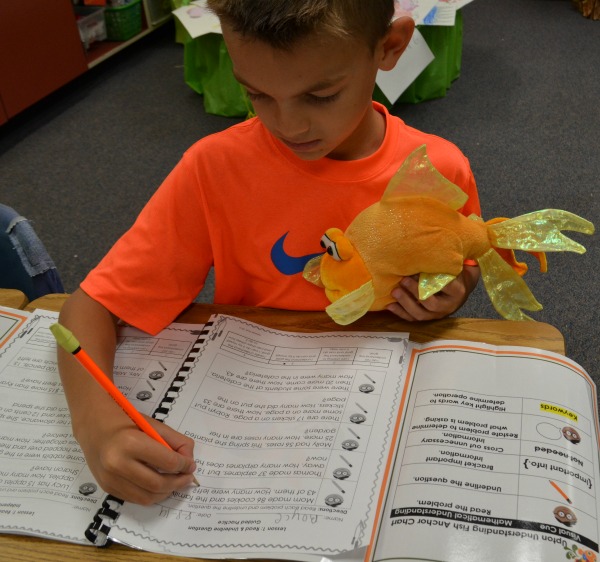 I also found inexpensive jars at Hobby Lobby to hold our hands-on tools such as Max’s Counters, Brian’s Slide and Learns, and Fiona’s Fact-Fluency Pencils and added these adorable labels.
I also found inexpensive jars at Hobby Lobby to hold our hands-on tools such as Max’s Counters, Brian’s Slide and Learns, and Fiona’s Fact-Fluency Pencils and added these adorable labels.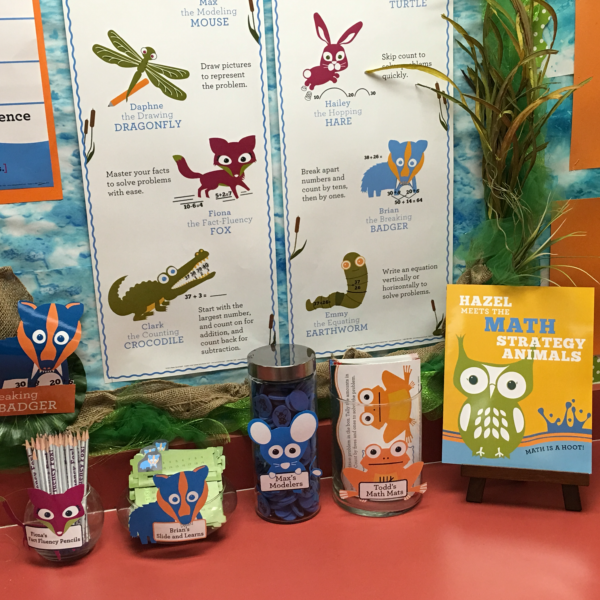 During center time, students solve their Saxon story problems using the strategy animals and our
During center time, students solve their Saxon story problems using the strategy animals and our 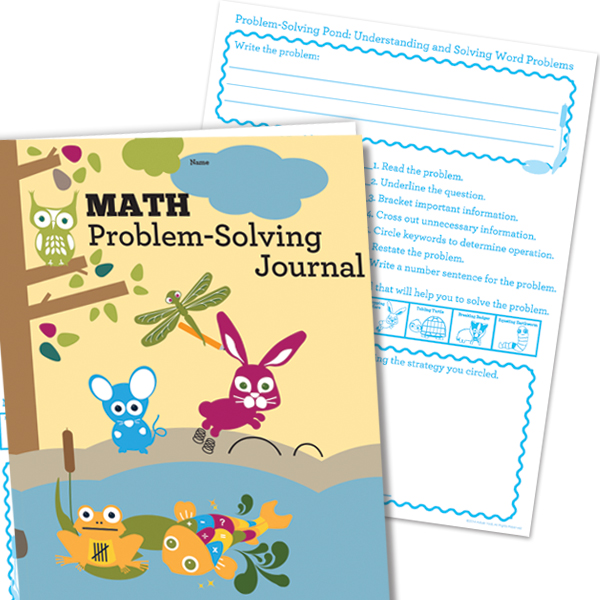
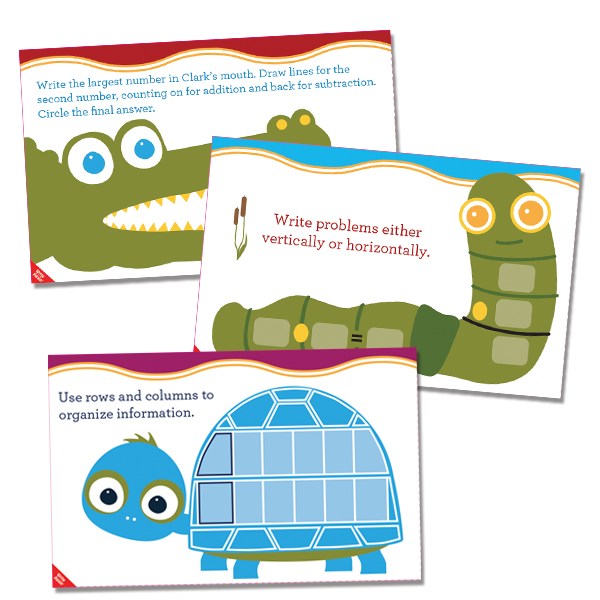
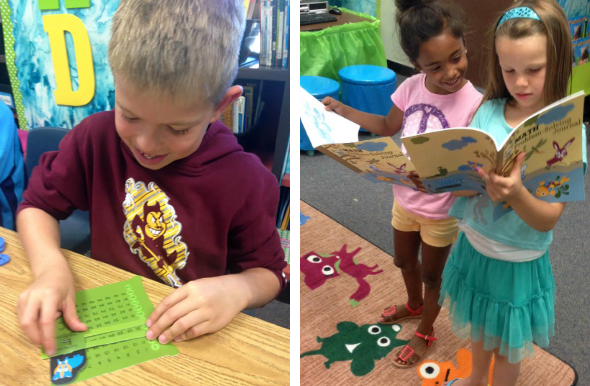 Read tomorrow’s blog to see my Writing in the Wild West classroom space and accompanying hands-on tools.
Read tomorrow’s blog to see my Writing in the Wild West classroom space and accompanying hands-on tools.

